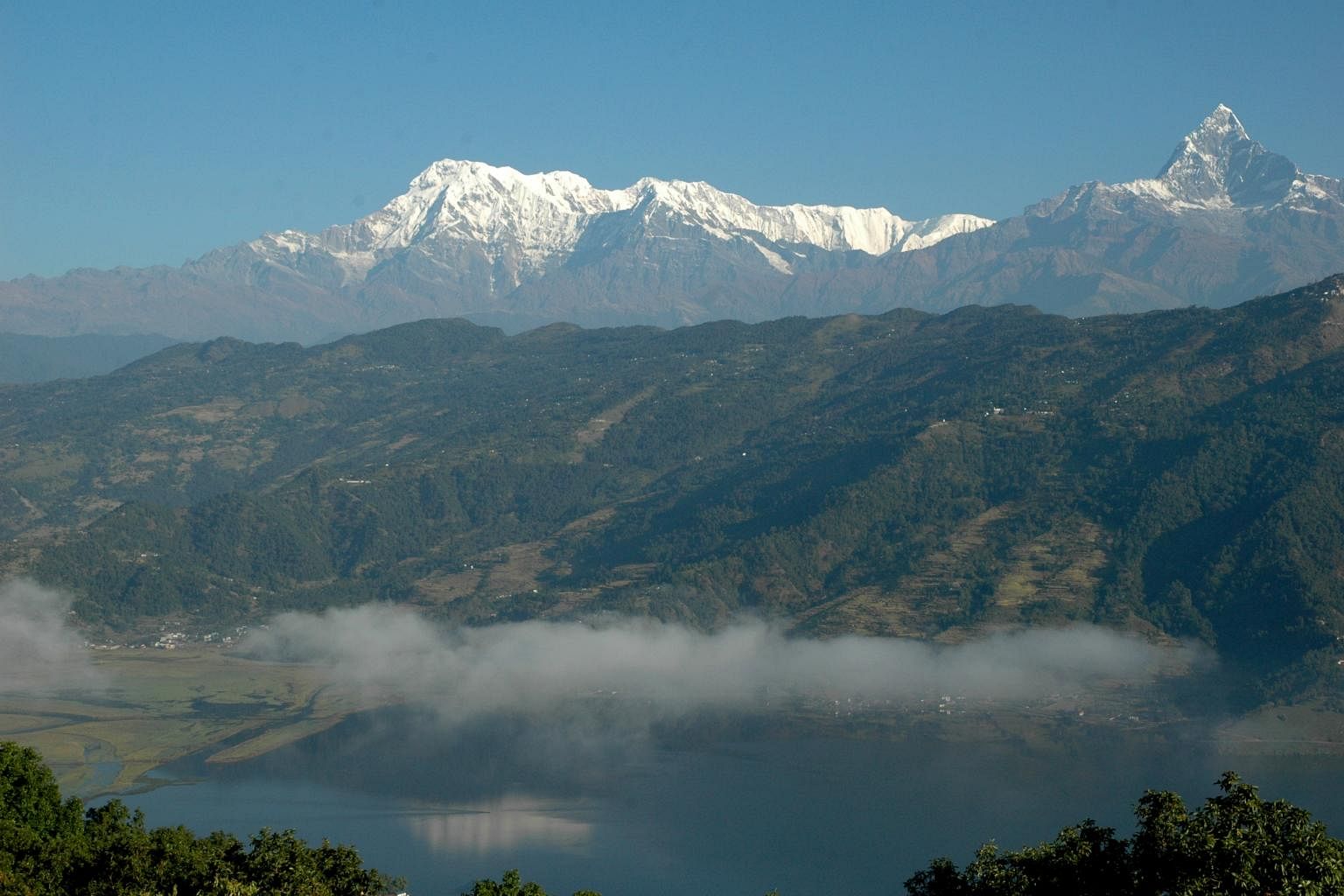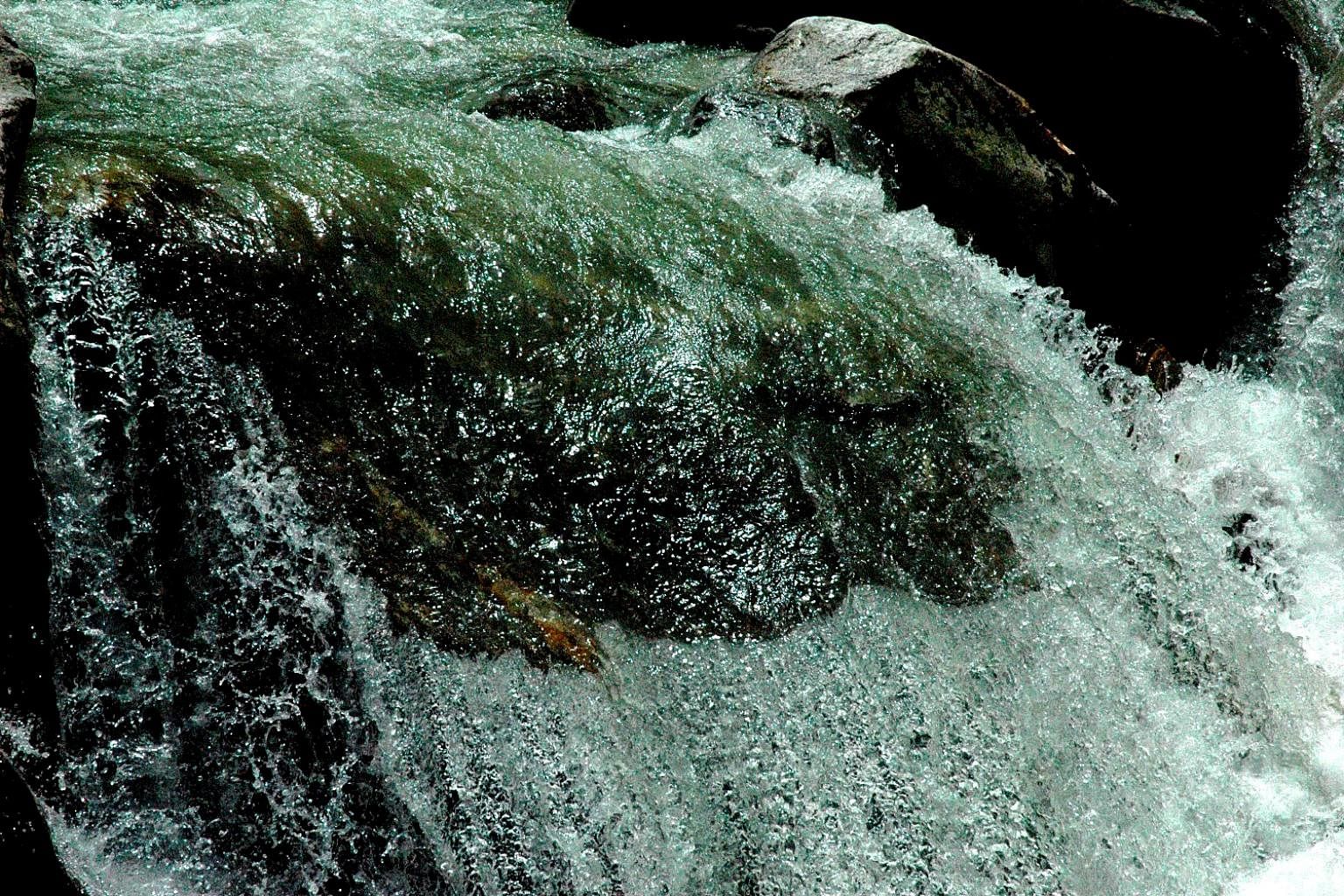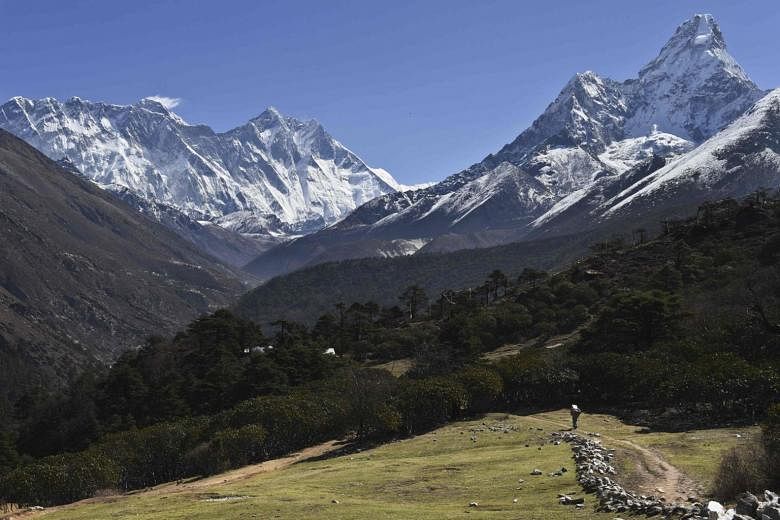WASHINGTON - Late last month (June), unnoticed by a media distracted by tweets and testimonies and troops and terrorism, a small group of people met quietly in Washington DC to talk about mountains.
The meeting of the Mountain Institute, a non-governmental organisation that works on environmental and livelihood projects in the world's mountain zones, came just days after a United Nations meeting in New York City that focused on oceans.
At the UN meeting, the international community for the first time collectively pledged a plan of action to stop the overfishing and indiscriminate pollution of our seas.
The world's mountains have not been so lucky. Unlike oceans or islands threatened by rising seas, mountains lack prominent champions and struggle to get attention at international forums even though they are equally vulnerable to environmental stresses including global warming.
Countries which in some cases depend completely on mountains have had few charismatic political leaders, and have been largely unable to mount an effective united front.
Then-president of the Maldives, Mr Mohamed Nasheed, grabbed world attention in October 2009 by holding a Cabinet meeting under water.
Nepal, one of the most densely populated mountain countries in the world, followed suit two months later with a Cabinet meeting at Everest Base Camp which caught attention as well - but only briefly.
One by-product of this relative marginalisation is that mountains, with some exceptions like parts of Europe's Alps, remain zones of chronic human poverty.
RICH RESOURCES, POOR COMMUNITIES

From the Mekong to the Ganges to the Rio Grande, all the world's major rivers have their headwaters in mountains, and one of every two people on the planet depends on mountain water in one way or another - for drinking, as a source of energy or income, or for growing food.
In semi-arid and arid regions, up to 90 per cent of river flows come from mountains.
Himalayan rivers drain into the Arabian Sea, the Bay of Bengal, and the South China Sea; well over a billion people depend on their waters.
But while the world's mountains are home to about 13 per cent of humanity and cover some 22 percent of Earth's land area, their human communities are disproportionately poor.
In 2012, an estimated 329 million people living in mountainous regions of developing countries - including nearly half the rural population - were vulnerable to food insecurity, according to the UN's Food and Agriculture Organisation (FAO). Stunningly, hunger among mountain populations had increased by 30 per cent over the previous 12 years.

Mountain people "lacked secure access to sufficient amounts of safe and nutritious food for normal growth and development and an active and healthy life," the FAO said in its The State of Food Insecurity in the World 2015 report.
In north America's Appalachian Mountains, 17 per cent of people live below the US' poverty level, compared with 15.5 per cent nationally.
According to the Appalachian Regional Commission, 24.4 per cent of Appalachia's children live below the poverty level compared to 21.7 per cent nationally.
Appalachia has become the reluctant poster child for rural American poverty, to such an extent that there has been a backlash there to "poverty porn" in the media.
On the other side of the planet, 42 per cent of Nepal's poor live in the mountains, with an additional three per cent pushed below the poverty line by the earthquake of 2015, says Dr Neeta Pradhan, director of the Mountain Institute's Himalayan programme.

Nepal is one of the most densely populated mountain countries in the world, and has far from recovered from the effects of the earthquake.
RARE STORIES OF SUCCESS

There are some success stories. Tourism has lifted large parts of Europe's Alps from poverty.
Tourism has also lifted mountain economies in Nepal - but only in certain zones popular with trekkers and climbers.
Harvesting medicinal and aromatic plants in the Himalayas for the Indian and Chinese markets has been successful but also limited to tiny pockets in the vast Himalayas.
Some donors, non-governmental organisations, and the government, have attempted to help.
Harvesting medicinal and aromatic plants in the Himalayas for the Indian and Chinese markets has been successful for example. But these are still limited to tiny pockets in the vast Himalayas.

The record of Nepal's Local Adaptation Plans for Action (LAPAs), which are meant to strengthen the resilience of mountain communities in the face of climate change, has been spotty. Many LAPAs remain not adequately integrated with national plans or linked with planning and funding mechanisms.
Such plans are often meaningless to locals living in remote and rugged terrain. Young men continue to migrate to the plains - and abroad - to find employment. They may send back money, but leave few young able-bodied people to do the hard work required - farming and gathering water and fuel wood, for instance - just to survive in the mountains.
Thus on the national level in many countries, mountains are often taken for granted while their populations are left to their own devices or left to migrate to make a living.
And at the international level, mountains remain an afterthought at best.
At the 2015 Paris conference on climate change which produced the Paris Agreement on curbing the emissions that drive global warming, when Bhutan asked for language on mountains to be included, it was ignored.

"We struggle at some of these climate change or sustainable development meetings," says Mr Andrew Taber, Washington-based Executive Director of the Mountain Institute.
"At the country level we struggle against marginalisation, and at the international level we have to struggle to get greater attention."


